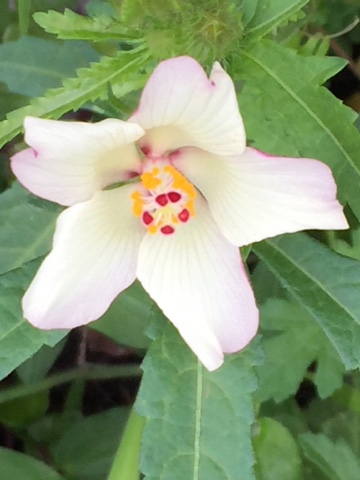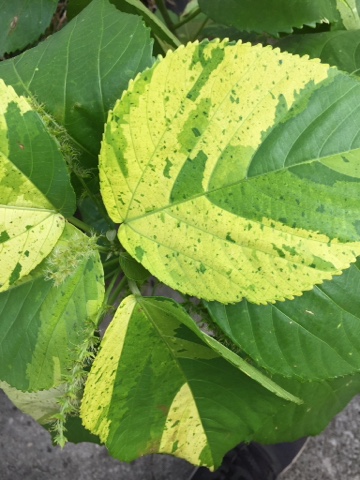Salvia azurea 'Grandiflora'
This is in flower now and has graceful tall stems up to a metre in height, clasped with tiny linear leaves and topped with pale lavender blue flowers.
It is a true herbaceous perennial from the American prairies and not your typical shrubby Salvia from say Mexico or South Africa.The prairie type plants often have a deep root system which go off in search of water during dry spells and give it the ability to survive the ground freezing over winter. It also makes for a sturdy plant with stems that stay upright during windy conditions.
This Salvia usually never makes it into the commercial nursery scene but remains readily available from mail order specialists.
From my experience of growing a batch in pots its appearance during spring was typical of many herbaceous plants, awakening after winter by presenting tiny neat shoots followed by a few straggly stems. By the time the weather had warmed up the root system had outgrown the pots and the advancing upright stems were crying out for water and wilting rapidly when not getting enough. Fortunately it did sell well before many had got to that stage to some gardeners or landscapers in the know about this easy care hardy perennial.































